Home>Garden Essentials>What Is Pure Live Seed
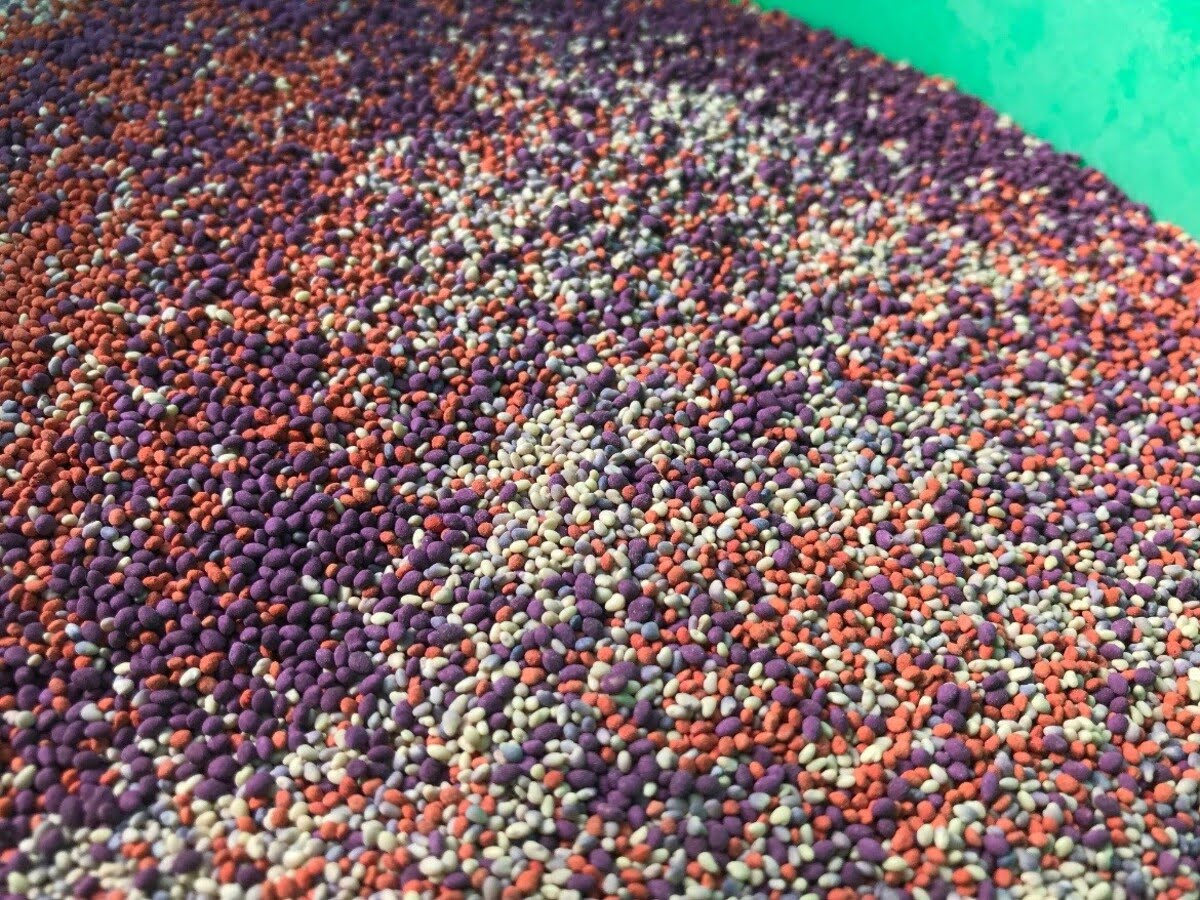

Garden Essentials
What Is Pure Live Seed
Modified: August 25, 2024
Discover the power of pure live seed for your garden. Learn what pure live seed is and how it can enhance your gardening experience.
(Many of the links in this article redirect to a specific reviewed product. Your purchase of these products through affiliate links helps to generate commission for Storables.com, at no extra cost. Learn more)
Introduction
Gardening is not just a hobby; it’s a passion for many. Whether you have a small backyard or a sprawling garden, the joy of watching your plants grow and flourish is unmatched. But to ensure a successful garden, one crucial factor to consider is the quality of the seeds you use. And when it comes to seed quality, one term that often comes up is “Pure Live Seed” (PLS).
Pure Live Seed refers to the percentage of viable and healthy seeds in a given batch. In other words, it indicates the portion of seeds that are capable of germinating and developing into healthy plants. Having a high percentage of Pure Live Seed is essential for achieving optimal plant growth and maximizing the potential of your garden.
When you sow seeds, you want to ensure that the majority of them will successfully germinate and grow into robust plants. This is where Pure Live Seed becomes crucial, as using low-quality seeds with a low PLS can result in poor germination rates, weak plant growth, and ultimately, a disappointing garden.
In this article, we will explore the concept of Pure Live Seed in greater detail, discuss its importance, factors that affect PLS, methods to calculate it, the benefits of using high-quality PLS, and the challenges faced in achieving it. So, let’s get started!
Key Takeaways:
- Pure Live Seed (PLS) measures the percentage of healthy seeds that can grow into strong plants. Using high PLS seeds leads to better germination, healthier plants, and a more bountiful garden.
- Factors like seed quality, storage, and environmental conditions affect PLS. Overcoming challenges in maintaining high PLS ensures a successful and thriving garden or farm.
Read more: How To Make Living Wall Vertical Garden
Definition of Pure Live Seed
Before we delve further into the topic of Pure Live Seed, let’s clarify what exactly this term refers to. Pure Live Seed is a measurement that indicates the percentage of viable seeds in a given batch. It represents the portion of seeds that have the potential to germinate and develop into healthy plants.
When it comes to seeds, viability is of utmost importance. A viable seed possesses the necessary physiological qualities to initiate germination under suitable growing conditions. On the other hand, non-viable seeds will fail to germinate, leading to poor or no plant growth.
It is important to note that not all seeds in a batch will be viable. Some seeds might be damaged, immature, or affected by diseases or pests. Pure Live Seed takes into account the percentage of seeds that are healthy and capable of successful germination.
Now, you might wonder how Pure Live Seed is different from simply measuring the germination rate of seeds. While germination rate refers to the percentage of seeds that have successfully germinated, Pure Live Seed goes a step further by considering the overall viability of the entire seed batch. It takes into account both dormant seeds that are waiting for favorable conditions to germinate and actively germinating seeds. This distinction makes Pure Live Seed a more accurate measure of seed quality.
Typically, Pure Live Seed is expressed as a percentage, with higher percentages indicating a greater proportion of healthy, viable seeds in a batch. Seeds with a high Pure Live Seed percentage are more likely to germinate successfully and produce robust plants.
Understanding the concept of Pure Live Seed is crucial for gardeners and farmers who want to ensure the best possible results from their seed sowing efforts. By using seeds with a high PLS, you increase the chances of a successful and bountiful garden. Now that we have a clear understanding of the definition of Pure Live Seed, let’s explore its importance in more detail.
Importance of Pure Live Seed
Pure Live Seed plays a vital role in determining the success of your gardening or farming endeavors. The use of high-quality, viable seeds with a high Pure Live Seed percentage offers several important benefits:
- Higher Germination Rates: Seeds with a high Pure Live Seed percentage have a greater likelihood of successful germination. This means that more of your seeds will sprout and develop into healthy plants, leading to a higher overall germination rate.
- Better Plant Growth: Plants grown from high-purity seeds tend to exhibit better growth and development. They are more likely to have strong root systems, robust stems, and healthy foliage, leading to improved overall plant vitality.
- Higher Yield: When you start with a greater number of healthy and viable seeds, it ultimately translates into a higher yield. More plants successfully growing and producing fruits, flowers, or vegetables means a more abundant harvest.
- Consistency and Uniformity: Using seeds with a high Pure Live Seed percentage ensures greater consistency and uniformity in your garden. The resulting plants will be more similar in size, shape, and characteristics, resulting in a visually appealing and well-coordinated garden space.
- Resistance to Stress and Disease: Healthy and viable seeds have higher resistance to stress factors such as extreme weather conditions or diseases. They are better equipped to cope with environmental challenges, giving them a greater chance of survival and thriving in adverse conditions.
Overall, Pure Live Seed is an essential factor to consider for any gardener or farmer who aims for a successful and productive garden. By selecting seeds with a high PLS, you set the foundation for a flourishing and abundant garden. Now that we understand the importance of Pure Live Seed, let’s explore the various factors that can affect PLS.
Factors Affecting Pure Live Seed
Several factors can influence the purity and viability of seeds, ultimately affecting the Pure Live Seed percentage. Understanding these factors can help you make informed decisions when selecting seeds for your garden or farm. Here are some key factors that can impact Pure Live Seed:
- Seed Quality: The quality of the seeds you purchase or save from your previous crops is an important factor. Seeds that have been stored under proper conditions, free from damage, disease, or pest infestations, have a higher chance of maintaining their viability.
- Seed Maturity: Seeds should be harvested at the appropriate stage of maturity to ensure optimal viability. Immature seeds may not be fully developed and may have low potential for germination, whereas over-mature seeds might have lower viability due to natural deterioration.
- Seed Storage: Proper storage conditions are essential for maintaining seed viability. Exposure to moisture, extreme temperatures, or prolonged storage can lead to a decline in seed quality and viability. It is important to store seeds in cool, dry, and dark environments.
- Genetic Factors: Some plant species or cultivars naturally have higher seed purity and viability than others. Breeders specifically select and develop varieties that exhibit high seed quality and purity traits.
- Seed Handling: The way seeds are handled during harvesting, cleaning, and packaging processes can affect their viability. Rough handling, contamination with soil or debris, or inadequate cleaning can all decrease the overall PLS percentage.
- Environmental Factors: Environmental conditions during seed development and maturation can impact seed quality. Factors like temperature, humidity, rainfall, and soil conditions can influence seed formation, affecting their overall viability.
- Seed Treatment: The use of seed treatments, such as coatings or priming techniques, can affect Pure Live Seed. While these treatments can enhance germination rates or protect against pests and diseases, they may also add weight to the seed and reduce the overall PLS percentage.
By being mindful of these factors, you can make informed decisions when selecting seeds and taking appropriate measures to maintain their viability. Understanding the factors that impact Pure Live Seed sets the stage for successful germination and healthy plant growth. Now that we have looked at the factors affecting PLS, let’s explore the methods used to calculate Pure Live Seed.
When purchasing grass seed, look for the Pure Live Seed (PLS) percentage on the label. This indicates the actual viable seeds in the mix, helping you choose the best quality for your lawn.
Methods to Calculate Pure Live Seed
There are several methods available to calculate the Pure Live Seed (PLS) percentage of a seed batch. These methods aim to determine the proportion of viable seeds within a given quantity. Here are some common techniques used to calculate PLS:
- Laboratory Testing: In this method, a sample of the seed batch is taken and sent to a reputable laboratory for testing. The laboratory will assess the germination rate of the seeds by placing them under controlled conditions and monitoring their ability to sprout. The results will indicate the percentage of viable seeds, which can then be used to calculate the PLS percentage of the entire batch.
- Seed Counting: This method involves physically counting the number of viable seeds in a representative sample. The sample is carefully examined, and only seeds that exhibit signs of viability, such as plumpness, color, and intact seed coats, are counted. The counted seeds are then expressed as a percentage of the total sample size to determine the PLS percentage.
- Tetrazolium Test: The tetrazolium test is a widely-used method for assessing seed viability. It involves treating the seeds with a tetrazolium chloride solution, which stains viable tissues a reddish color. After the staining process, the seeds are dissected to observe the presence of viable embryo tissues. The percentage of viable embryo tissues is used to calculate the PLS percentage.
- Seed Floatation Test: This method is particularly useful for determining the purity and viability of larger seeds. Seeds are placed in water, with viable seeds sinking to the bottom, while non-viable seeds or debris float to the top. By visually inspecting and separating the viable seeds, the PLS percentage can be estimated.
- Seed Germination Test: Similar to laboratory testing, this method involves planting a representative sample of seeds under controlled conditions and monitoring their germination rates. The percentage of germinated seeds is then used to calculate the PLS percentage of the entire batch.
It is important to note that each method has its own advantages and limitations. The choice of method depends on factors such as time, resources, and the specific requirements of the seed batch. Consulting with experts or using accredited seed testing services can help ensure accurate PLS calculations.
By employing appropriate methods to calculate PLS, you can make informed decisions about the seed quality and determine the number of viable seeds available for successful germination. With the knowledge of how to calculate PLS, let’s now explore the benefits of using high-quality Pure Live Seed in gardening and farming.
Read more: How To Store Opened Pumpkin Puree
Benefits of Using Pure Live Seed
Using high-quality Pure Live Seed (PLS) in your gardening or farming endeavors offers a range of benefits that can contribute to the success and productivity of your garden. Here are some key advantages of using PLS:
- Optimal Germination: Planting seeds with a high PLS percentage ensures a greater number of seeds will successfully germinate. This leads to a higher overall germination rate and increases the chances of establishing healthy, vigorous plants right from the start.
- Healthy Plant Growth: Seeds with a high PLS percentage tend to result in healthier and more robust plant growth. These plants are more likely to have strong root systems, sturdy stems, and abundant foliage, setting the stage for optimal plant development.
- Improved Crop Yield: Higher PLS percentages translate into a greater number of viable seeds germinating and producing successful plants. This ultimately leads to increased crop yield, whether you are growing fruits, vegetables, or flowers.
- Consistency and Uniformity: Using high-quality PLS ensures a more consistent and uniform garden or field. The resulting plants will have similar characteristics, such as size, shape, and color, creating a visually pleasing and well-coordinated landscape.
- Resistance to Stress: Seeds with a high PLS percentage are more likely to possess traits that make them more resilient to environmental stressors. They are better equipped to withstand challenging conditions such as drought, disease, or pests, leading to improved plant survival rates.
- Time and Cost Savings: By using high-quality PLS, you avoid the frustration and expense associated with low germination rates and poor plant growth. You can focus your time and resources on nurturing healthy plants rather than dealing with the disappointment of failed seedlings.
- Preservation of Genetic Traits: PLS ensures the preservation of the genetic characteristics of specific plant varieties or cultivars. By using seeds with a high PLS percentage, you can maintain the desired traits, such as flavor, color, or disease resistance, in your garden or farm.
- Environmental Sustainability: Planting high-quality PLS contributes to environmental sustainability by maximizing the use of resources. With higher germination rates and healthier plants, you can achieve higher yields without excessive use of water, fertilizers, or pesticides.
By recognizing the benefits of using high-quality Pure Live Seed, you can make informed choices when selecting seeds for your gardening or farming activities. Investing in PLS sets the stage for a successful, productive, and sustainable garden or farm. However, achieving and maintaining high PLS can pose its own set of challenges, which we will explore in the next section.
Challenges in Achieving Pure Live Seed
While using high-quality Pure Live Seed (PLS) offers numerous advantages, achieving and maintaining a high PLS percentage can present certain challenges. It is important to be aware of these challenges and take appropriate measures to overcome them. Here are some common challenges faced in achieving high PLS:
- Poor Seed Quality: Obtaining seeds of high quality can be a challenge. Seeds that are not properly processed, stored, or handled may have reduced viability and bring down the overall PLS percentage. It is crucial to source seeds from reputable suppliers and ensure proper storage conditions.
- Genetic Diversity: Some plant species exhibit natural variations in seed quality and viability due to genetic factors. Identifying and selecting plant varieties or cultivars with inherently high PLS can help overcome this challenge.
- Seed Contamination: Seeds can become contaminated with diseases, pests, or weed seeds, which can negatively impact PLS. Proper seed cleaning and screening processes are essential to remove any impurities that could compromise seed quality and viability.
- Improper Seed Storage: Poor storage conditions, such as exposure to excessive moisture, high temperatures, or sunlight, can lead to seed deterioration. It is vital to store seeds in a cool, dry, and dark environment to maintain their viability and overall PLS percentage.
- Seed Aging: Seeds naturally lose their viability over time, and their germination rates decline. It is important to regularly assess seed viability through germination tests or other methods and replace older seeds with fresh ones to maintain a high PLS percentage.
- Unfavorable Environmental Conditions: Environmental factors such as extreme temperatures, drought, or inadequate soil conditions can negatively impact seed germination and plant growth, resulting in a lower PLS percentage. Properly preparing the soil, providing optimal moisture levels, and protecting seedlings from harsh conditions can help overcome this challenge.
- Insect and Disease Pressure: Insect pests and diseases can damage seeds, reduce their viability, and lower PLS. Implementing appropriate pest management strategies and regularly monitoring crops can help minimize the impact of pests on seed quality.
- Seed Availability: Depending on the plant species or desired varieties, obtaining high-quality PLS may not always be readily available. It may require research, networking with seed suppliers, or participating in seed-saving initiatives to access seeds with a high PLS percentage.
Overcoming these challenges and achieving high PLS requires careful attention to seed quality, proper storage practices, selection of disease-resistant varieties, and suitable growing conditions. Regular monitoring, testing, and adapting cultivation practices can help maintain and improve PLS over time.
Understanding the challenges in achieving high PLS allows gardeners and farmers to anticipate potential issues and take proactive measures to ensure optimal seed quality and viability. With the right approach, you can maximize the benefits of using Pure Live Seed in your garden or farm.
Now that we have explored the challenges, let’s wrap up our discussion.
Conclusion
Pure Live Seed (PLS) is a crucial aspect of successful gardening and farming. It represents the percentage of viable and healthy seeds within a given batch, indicating their potential to germinate and develop into thriving plants. Understanding the concept of PLS and its significance is key to achieving optimal outcomes in your garden or farm.
Using high-quality seeds with a high PLS percentage offers numerous benefits. It ensures higher germination rates, healthier plant growth, increased crop yield, and greater uniformity in your garden or field. Planting seeds with a high PLS also enhances resistance to stress factors and helps preserve genetic traits that define specific plant varieties or cultivars.
However, achieving and maintaining high PLS can present challenges. Poor seed quality, genetic diversity, seed contamination, improper storage, unfavorable environmental conditions, insect and disease pressure, and seed availability are some of the common obstacles to overcome. By implementing proper seed handling practices, selecting disease-resistant varieties, and creating optimal growing conditions, these challenges can be minimized.
Various methods exist to calculate PLS, including laboratory testing, seed counting, tetrazolium tests, seed floatation tests, and seed germination tests. Each method provides valuable information about seed viability, allowing you to make informed decisions about seed quality and determine the number of viable seeds available for successful germination.
In conclusion, ensuring a high PLS percentage is essential for achieving and maintaining a flourishing garden or farm. By sourcing high-quality seeds, implementing proper storage practices, selecting suitable varieties, and providing optimal growing conditions, you can maximize the benefits of using Pure Live Seed. Overcoming the challenges associated with PLS and maintaining a focus on seed quality will contribute to the long-term success and productivity of your gardening or farming endeavors.
So, embrace the power of Pure Live Seed and watch as your garden thrives with vibrant, healthy plants that bring joy and abundance to your outdoor space.
Frequently Asked Questions about What Is Pure Live Seed
Was this page helpful?
At Storables.com, we guarantee accurate and reliable information. Our content, validated by Expert Board Contributors, is crafted following stringent Editorial Policies. We're committed to providing you with well-researched, expert-backed insights for all your informational needs.
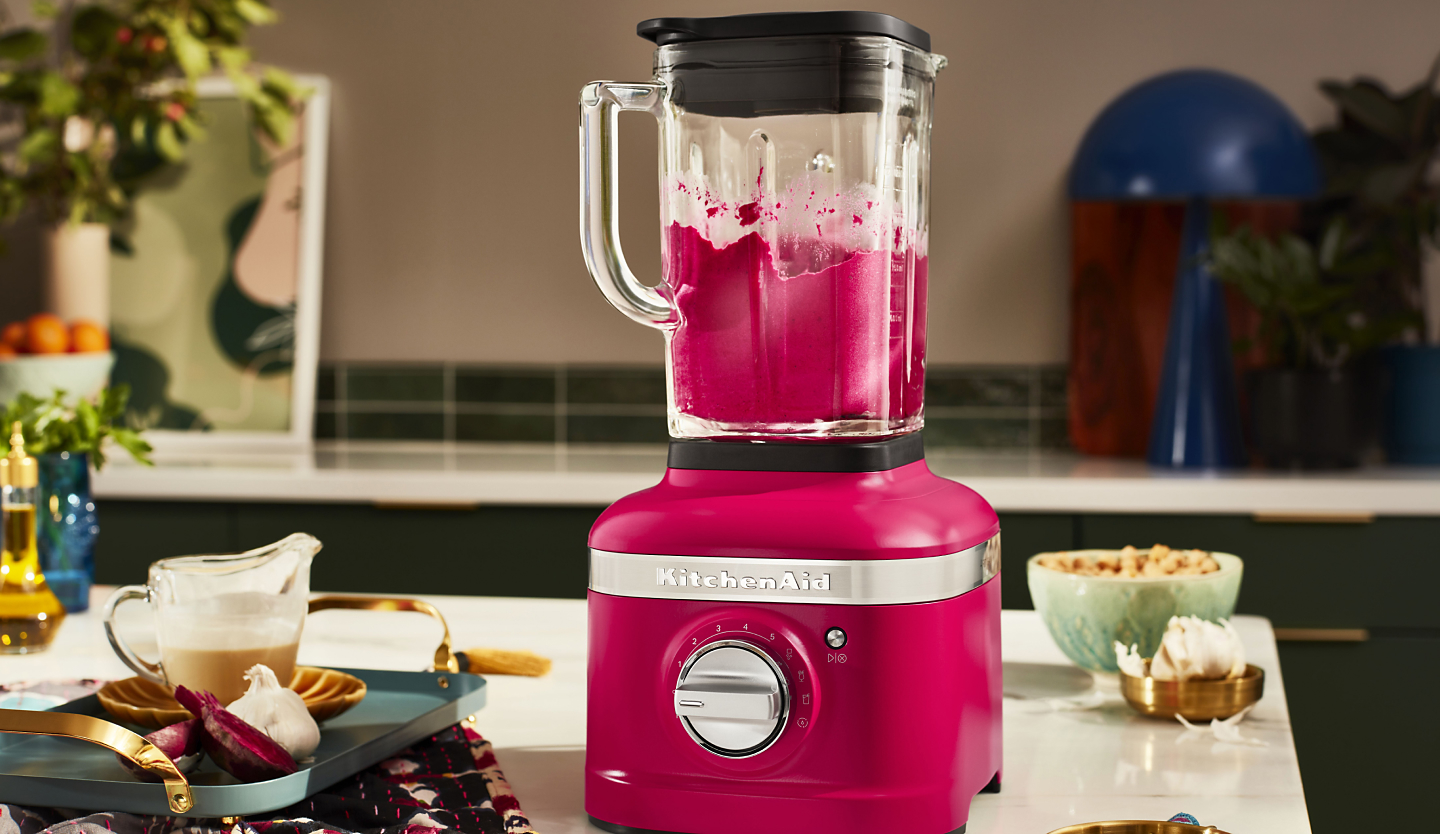
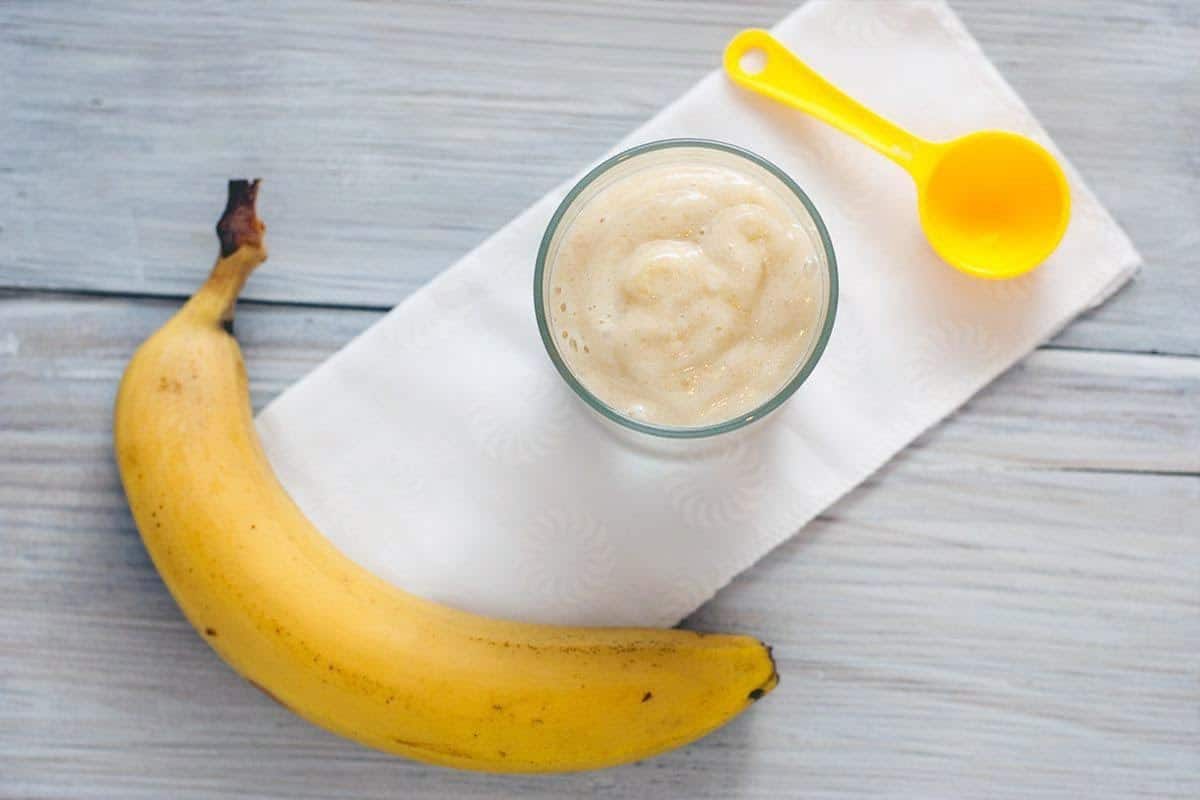
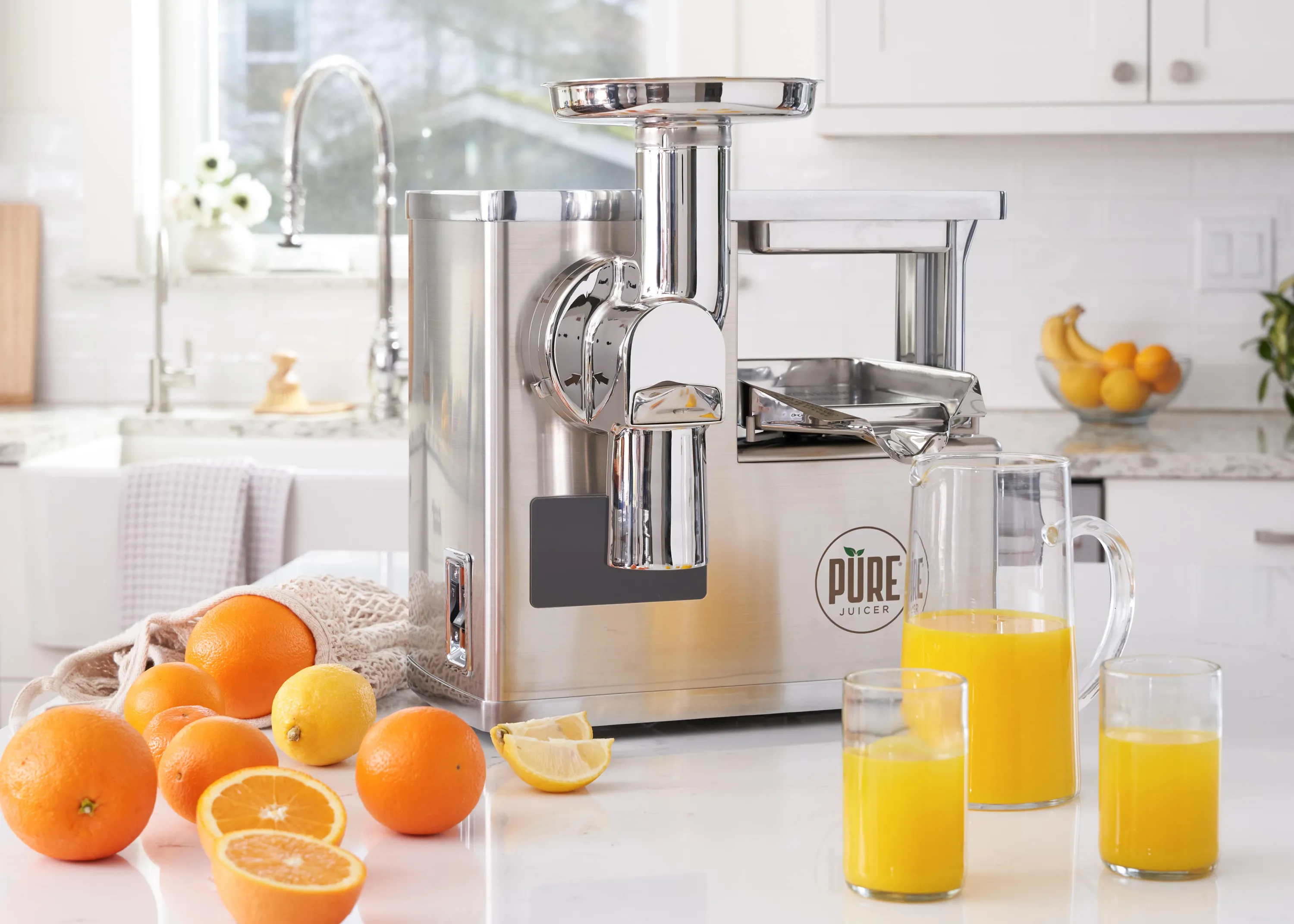
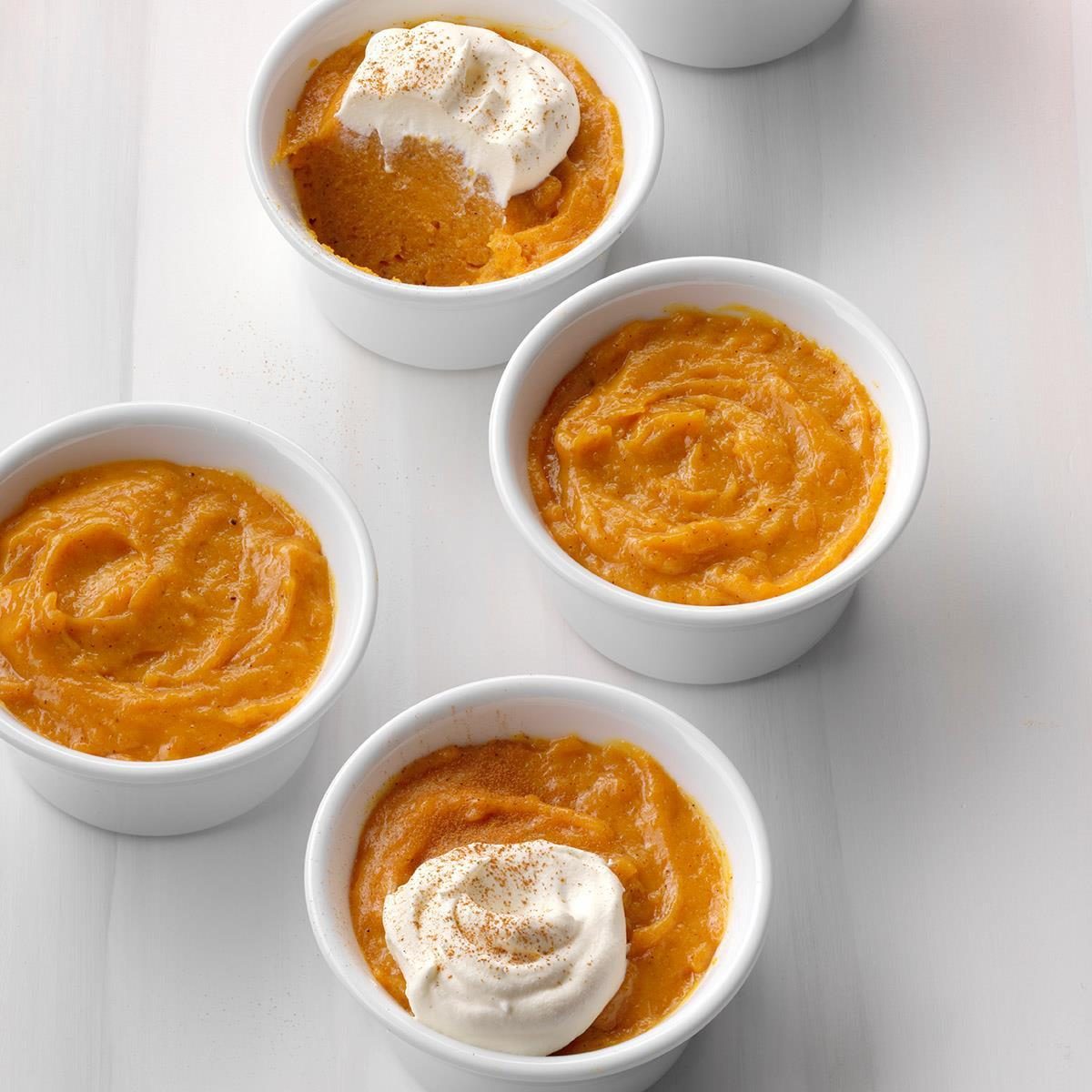
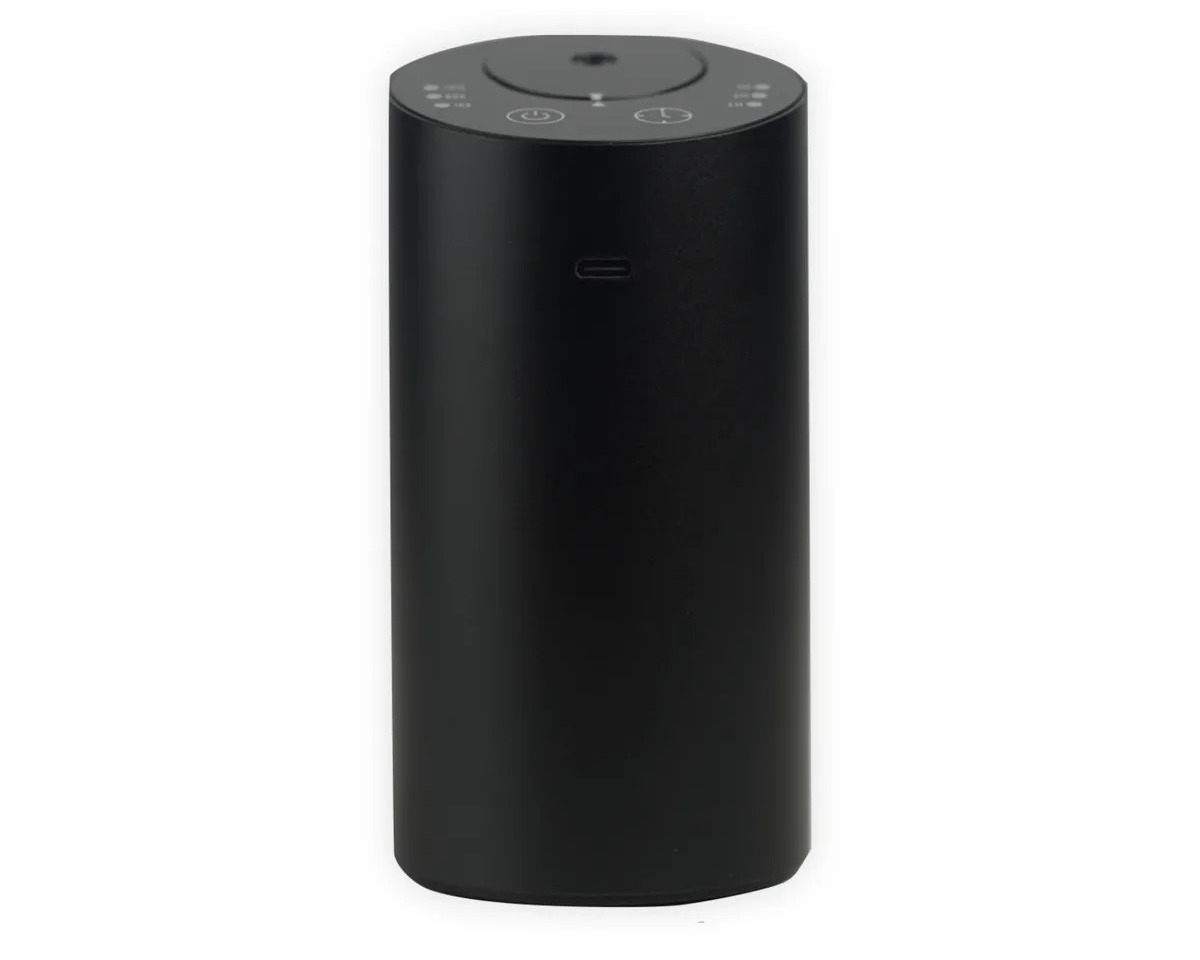
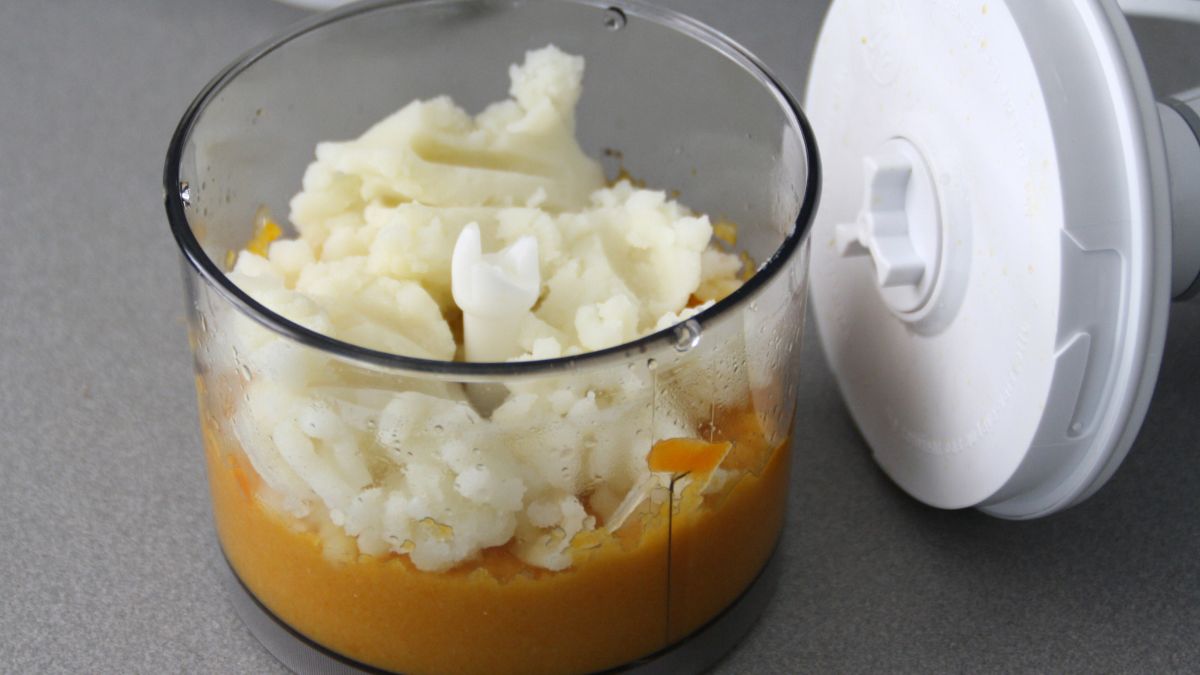
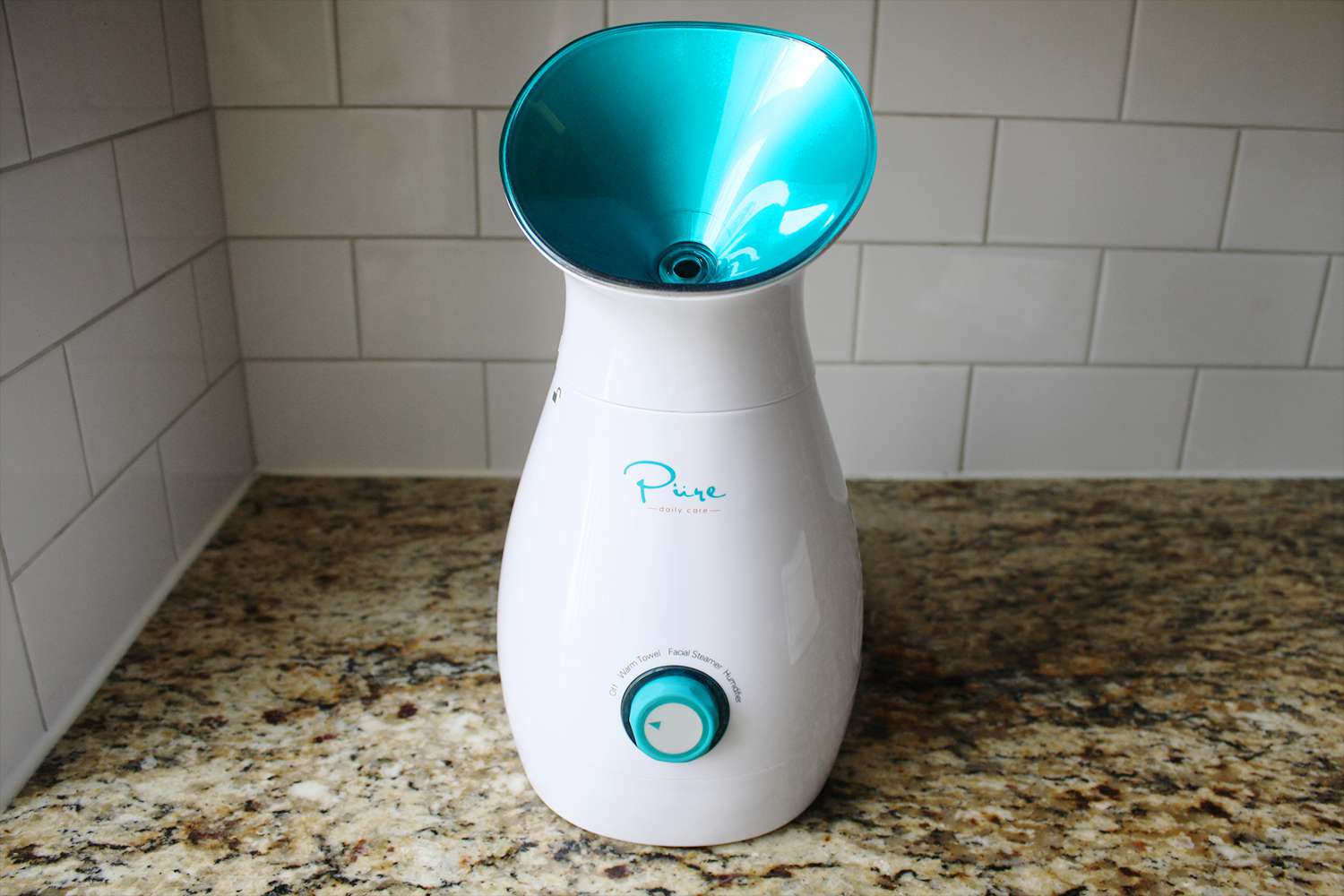

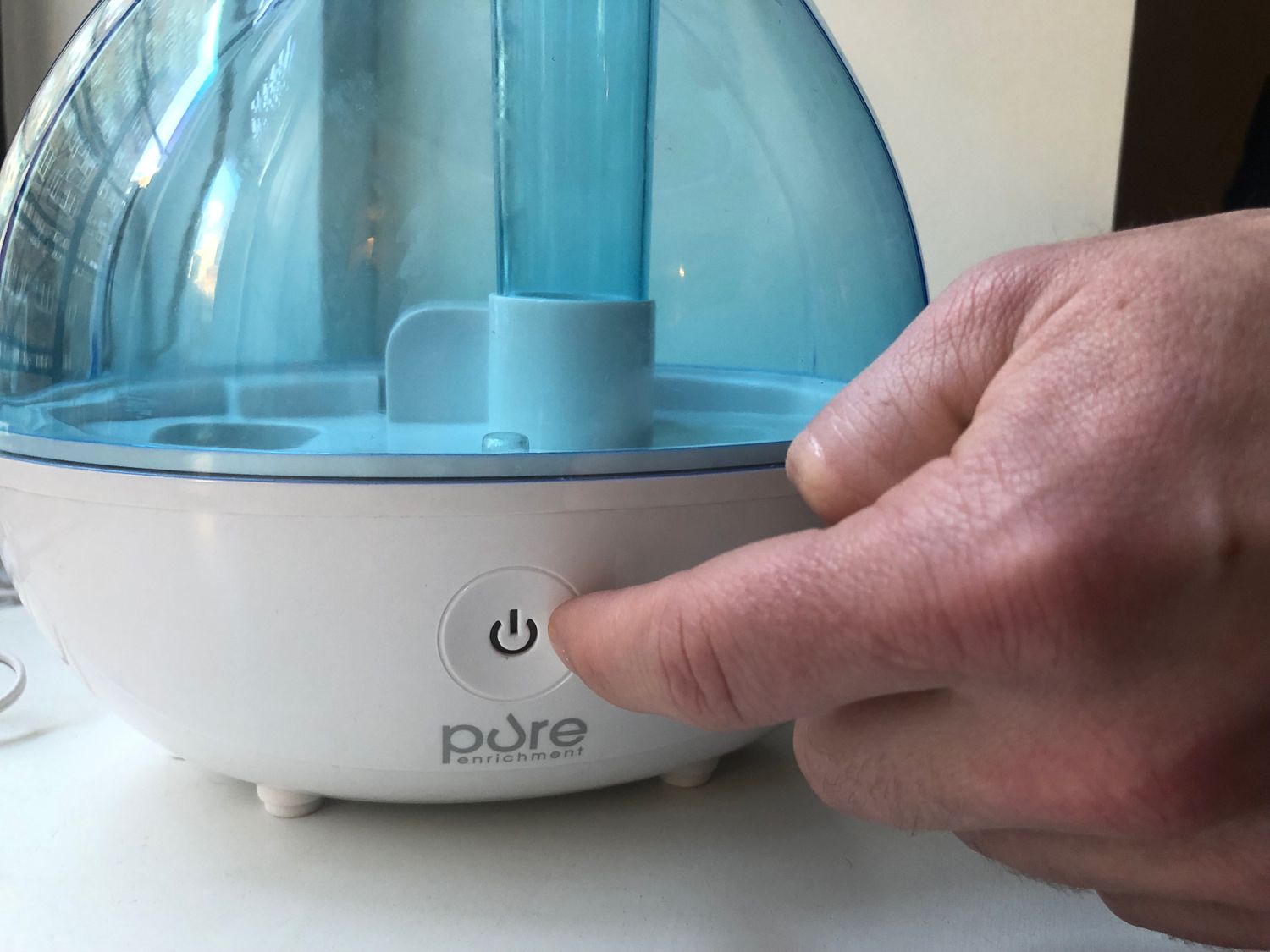
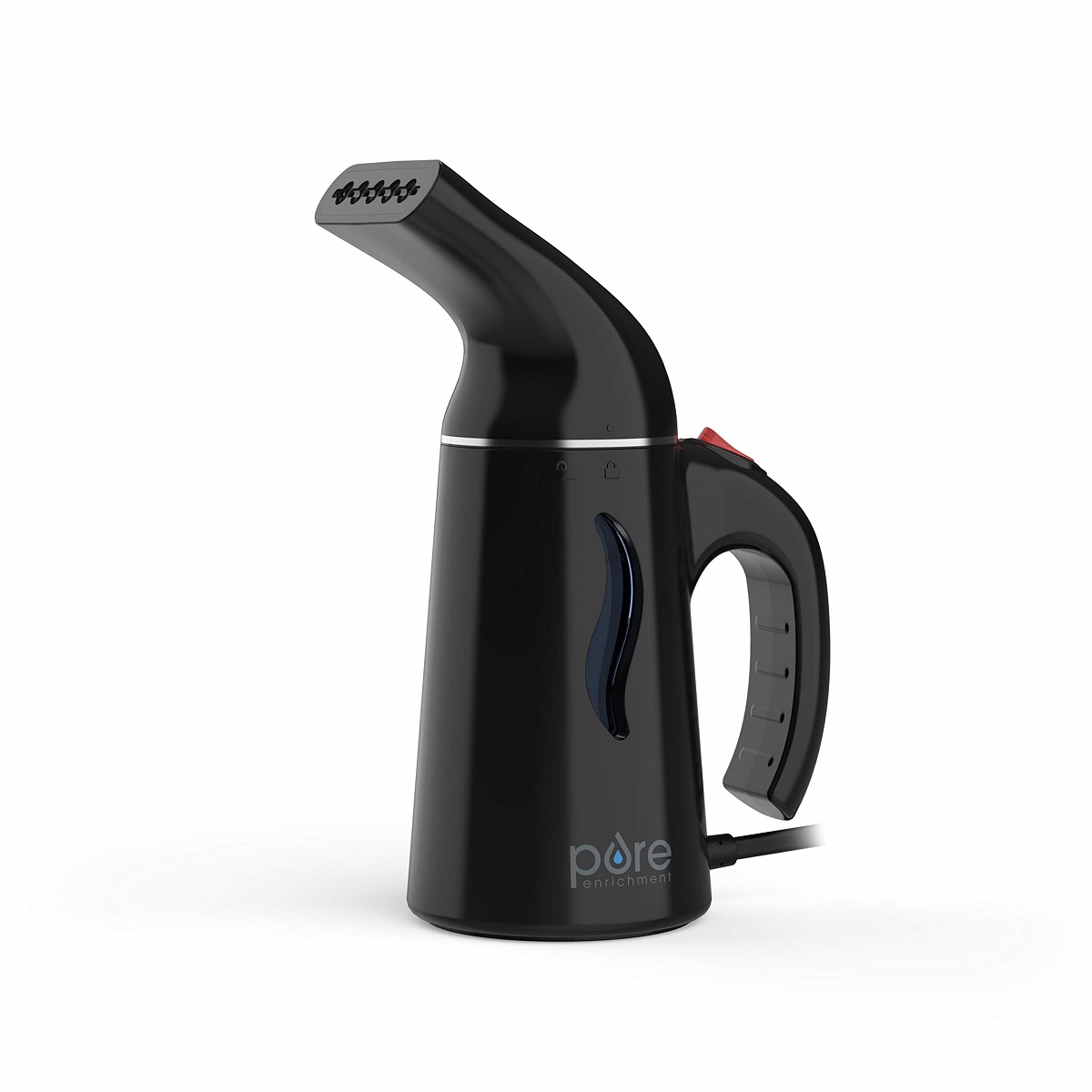
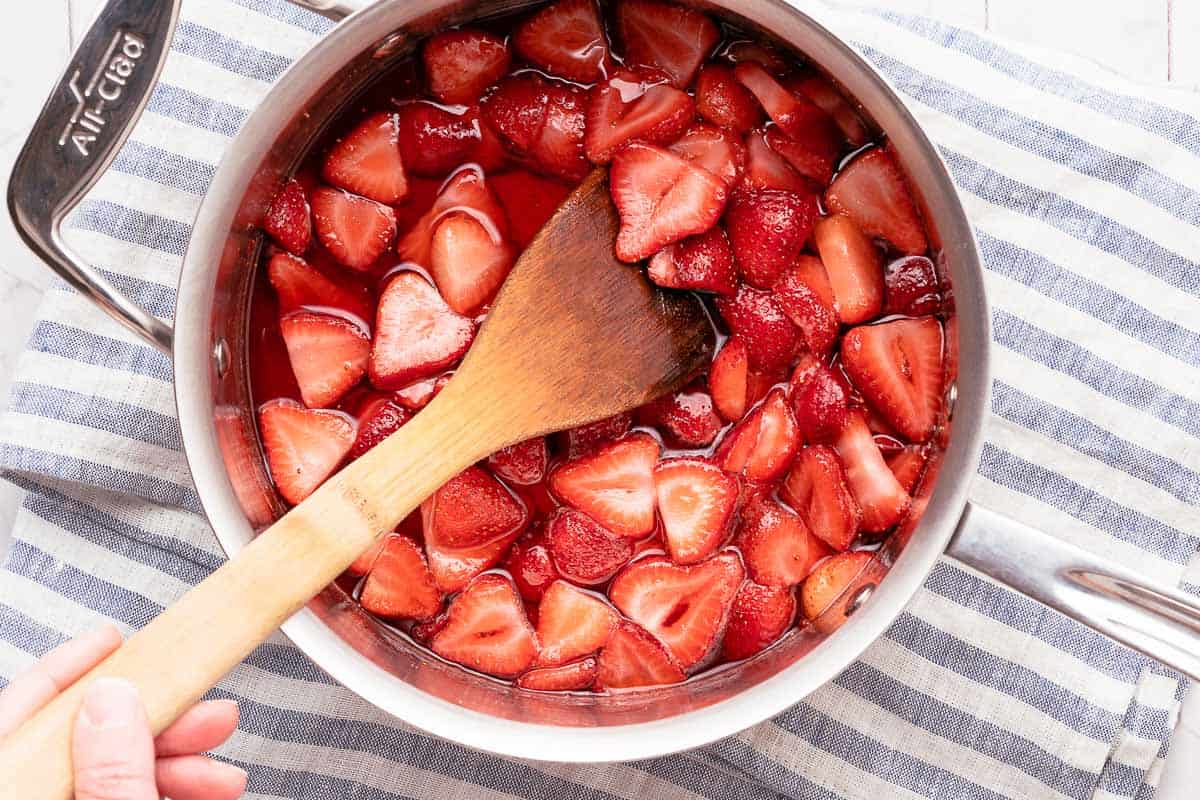
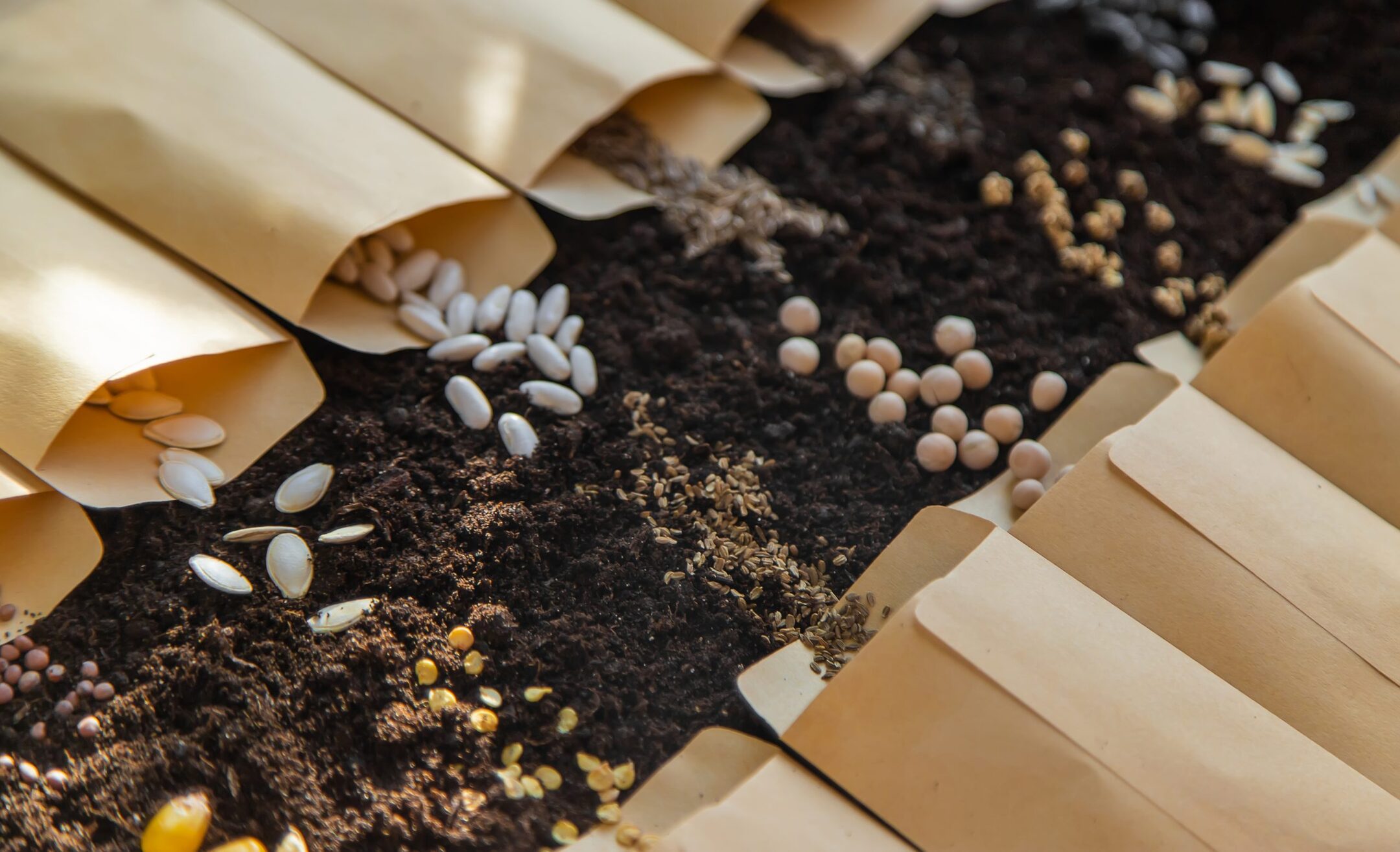
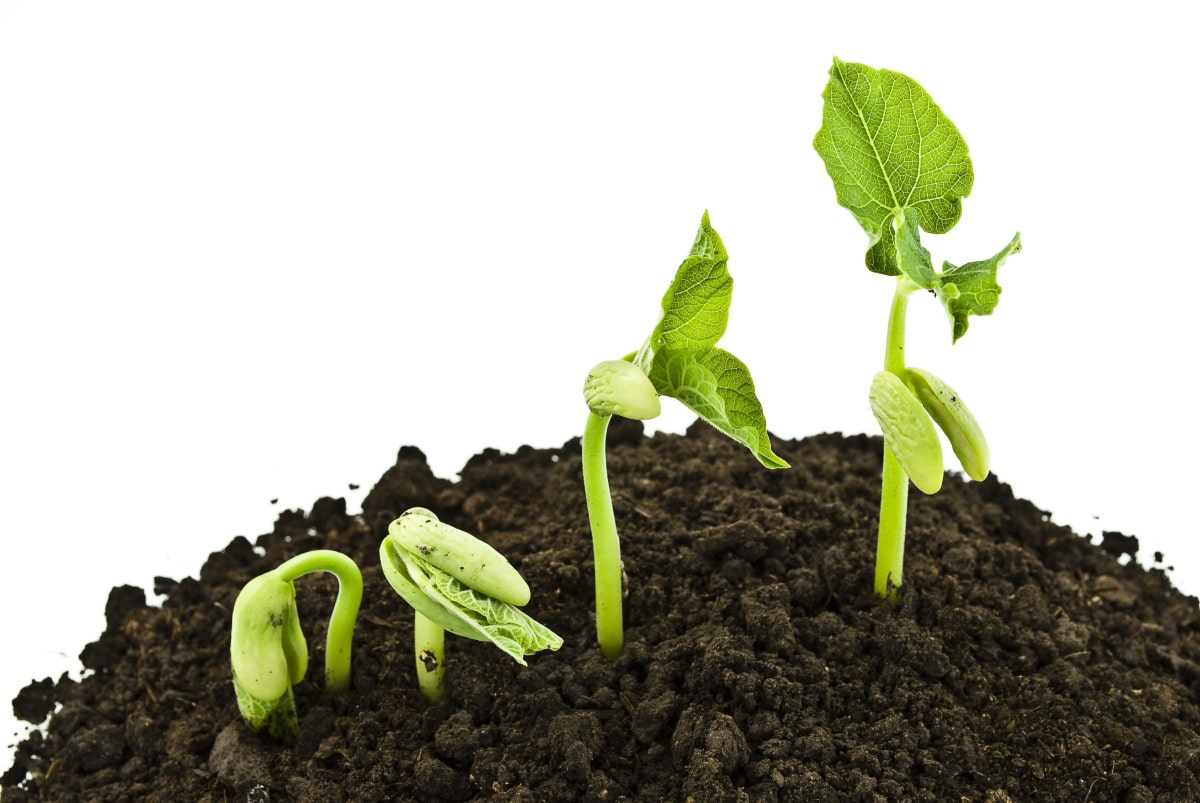
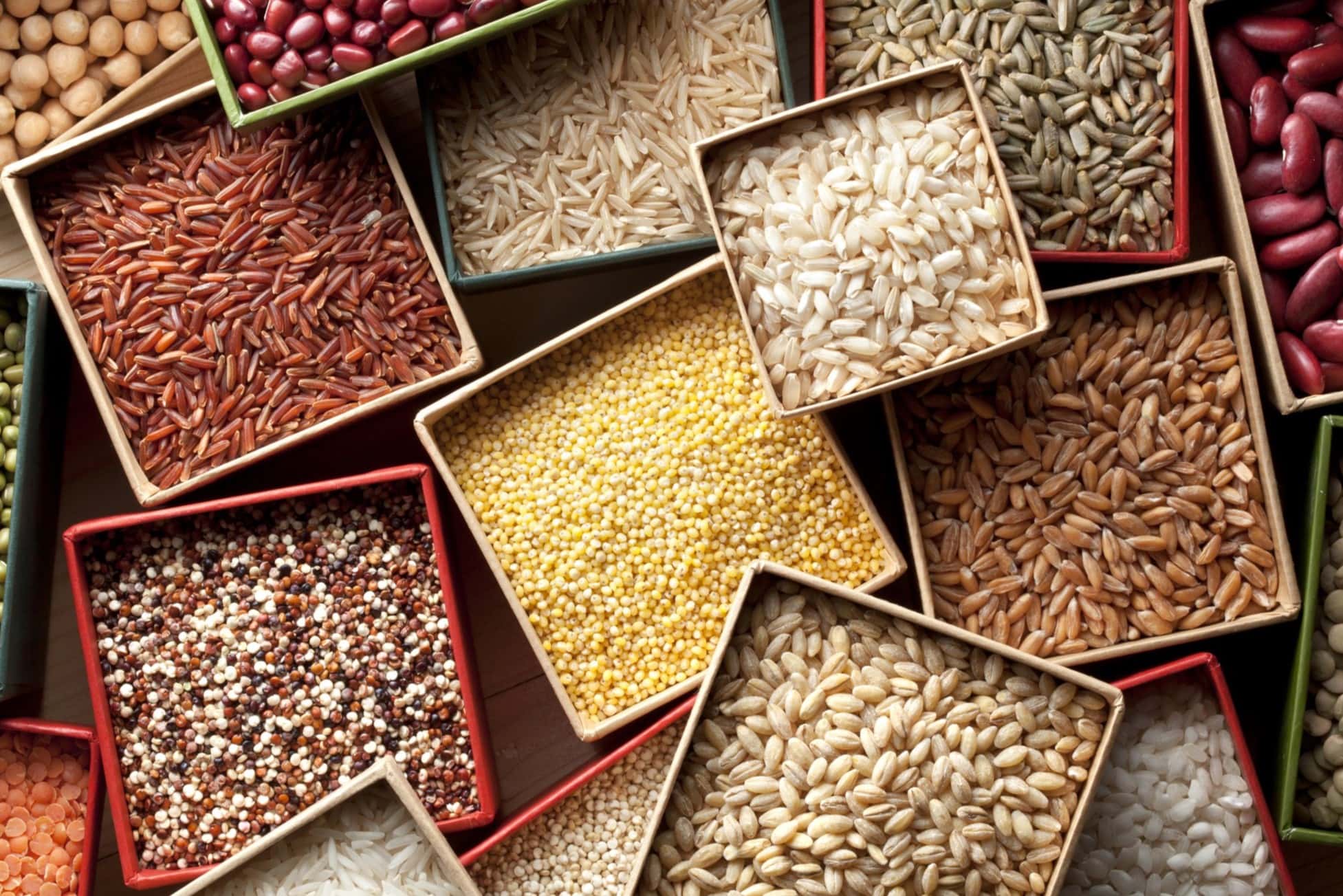

0 thoughts on “What Is Pure Live Seed”